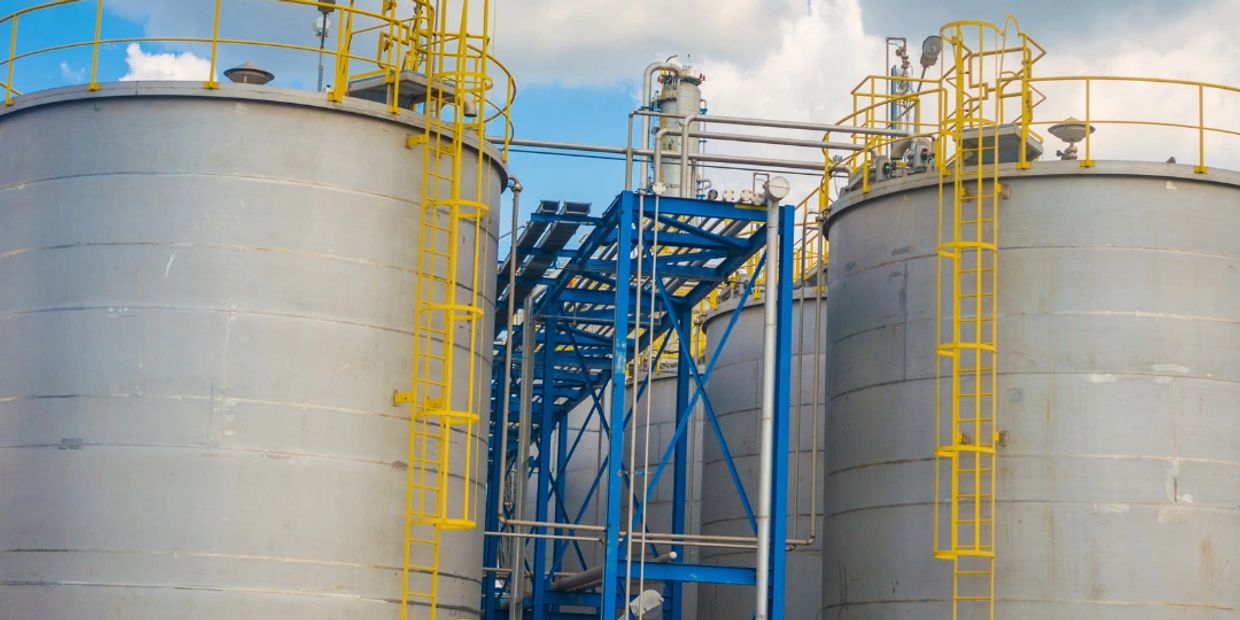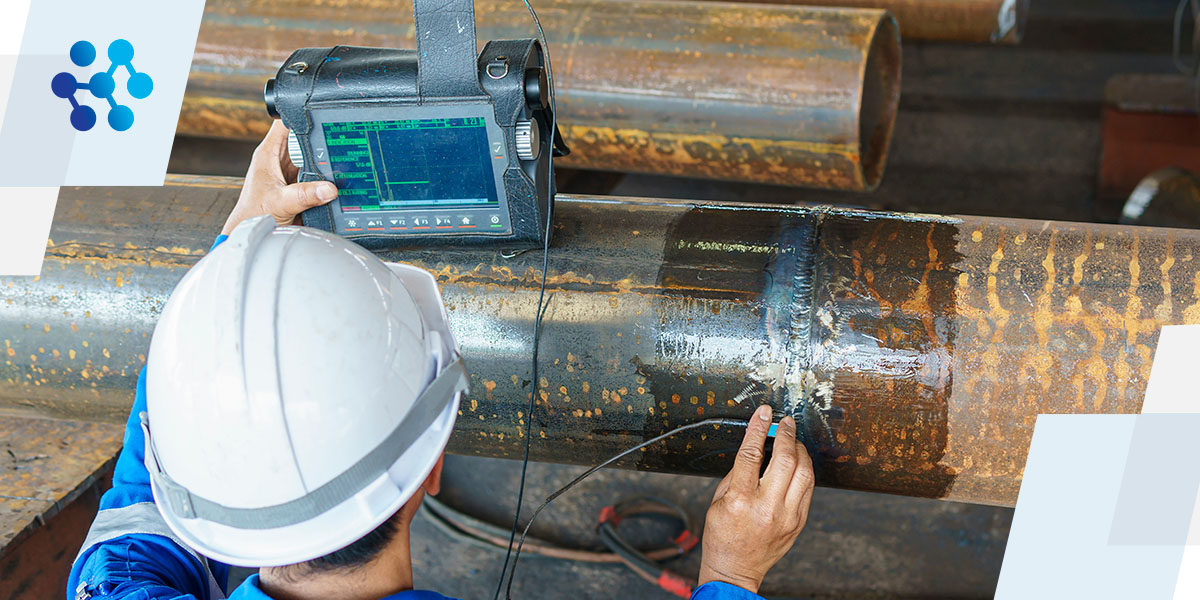Exactly How Tank Welding Inspection Prevents Future Structural Failures
Wiki Article
The Necessary Duty of Tank Welding Evaluation in Ensuring Structural Integrity and Security Compliance in Industrial Applications
In the world of commercial applications, storage tank welding inspection becomes a pivotal element in guarding structural honesty and making sure conformity with safety and security laws. Using a mix of strategies such as aesthetic analyses and progressed testing approaches, these assessments serve to identify and minimize prospective problems before they intensify into substantial dangers. The ramifications of these methods prolong beyond plain regulative adherence; they basically effect operational performance and possession durability. Nonetheless, the intricacies surrounding the examination process motivate a closer exam of its approaches and end results, disclosing layers of value that advantage additional exploration.Relevance of Storage Tank Welding Examination

Making certain conformity with industry standards and regulations is another substantial element of container welding examination. Regulatory bodies mandate strict guidelines for the construction and maintenance of storage tanks, and comprehensive inspections help companies stick to these needs. Non-compliance can cause extreme penalties, consisting of fines and shutdowns, even more highlighting the requirement for extensive assessment methods.
Furthermore, container welding assessment plays an important role in keeping functional efficiency. In summary, the value of storage tank welding inspection lies in its capacity to guard public wellness, protect the environment, and ensure conformity with regulative structures.
Key Evaluation Methods
Efficient container welding evaluation relies on a range of key techniques that guarantee extensive examination of weld quality and structural stability. Amongst the most widespread techniques are aesthetic assessment, ultrasonic screening, radiographic screening, and magnetic fragment screening - Tank Welding Inspection. Each approach supplies one-of-a-kind benefits in assessing various elements of the weld
Aesthetic examination functions as the initial line of protection, allowing examiners to recognize surface defects, irregularities, or disparities in the weld grain. Ultrasonic testing utilizes high-frequency audio waves to detect interior imperfections, such as splits or gaps, supplying a comprehensive evaluation of weld stability. This approach is specifically effective in discovering problems that may not be noticeable externally.
Radiographic screening uses X-rays or gamma rays to create pictures of the welds, disclosing inner stoppages and offering a permanent document for future referral. This strategy is very efficient for critical applications where the threat of failing must be minimized.
Last but not least, magnetic fragment screening is employed to identify surface area and near-surface problems in ferromagnetic materials. By using magnetic areas and fine iron bits, inspectors can pinpoint gaps that may jeopardize the structural stability of the tank. Together, these techniques create a robust structure for ensuring high-quality welds in commercial applications.
Conformity With Security Standards

Normal evaluations play an essential duty in guaranteeing conformity by determining potential failings or discrepancies from suggested requirements. Inspectors are trained to assess weld high quality, verify material specifications, and examine the overall architectural stability of tanks. Their proficiency is crucial in making sure that welding procedures satisfy the needed safety and security criteria.
Moreover, conformity with safety standards not only safeguards workers but additionally safeguards the environment from prospective threats such as leaks or catastrophic failings. Organizations that prioritize security compliance are better positioned to mitigate risks, enhance operational efficiency, and promote a culture of safety within their labor force. In recap, keeping extensive conformity with safety and security standards is vital for the effective operation of container welding activities in industrial setups.
Benefits of Regular Assessments
Normal inspections view publisher site are important to keeping the architectural integrity and security of bonded containers. These evaluations offer a systematic strategy to determining potential issues or weaknesses in the welds, ensuring that any kind of problems are resolved prior to they escalate right into considerable failings. By carrying out normal analyses, organizations can find deterioration, fatigue, and other kinds of deterioration that might compromise storage tank performance.Additionally, constant assessments add to compliance with industry policies and requirements. Sticking to these guidelines not only minimizes lawful dangers however also boosts the organization's reputation for security and dependability. Routine evaluations foster a proactive safety and security society, urging employees to acknowledge and focus on the significance of tools integrity.

Instance Studies and Real-World Applications
Situation research studies and real-world applications show the substantial effect of effective storage tank welding inspection methods. Website Adhering to the application of strenuous welding evaluation methods, consisting of visual and ultrasonic screening, the center identified vital imperfections in weld seams that can have led to catastrophic failings.Similarly, a water treatment plant carried out a comprehensive evaluation program for its storage tank welding procedures - Tank Welding Inspection. By incorporating non-destructive screening approaches, the plant was able to spot early signs of rust and exhaustion in weld joints. This prompt treatment extended the lifespan of the tanks and ensured conformity with security regulations, thus securing public wellness
These case studies highlight the value of normal and organized storage tank welding examinations. like it By prioritizing these techniques, industries can alleviate risks, enhance structural honesty, and make certain conformity with safety and security criteria, inevitably resulting in enhanced operational effectiveness and decreased responsibilities.

Final Thought
Finally, tank welding inspection is an important element of keeping architectural honesty and safety in industrial applications. Utilizing numerous evaluation methods makes certain very early detection of potential flaws, thus stopping tragic failures. Adherence to security standards further enhances functional integrity and conformity with regulatory requirements. Ultimately, regular inspections not just shield public wellness and the setting yet likewise contribute to the long life and effectiveness of essential assets, emphasizing the important role of this technique in commercial procedures.Report this wiki page